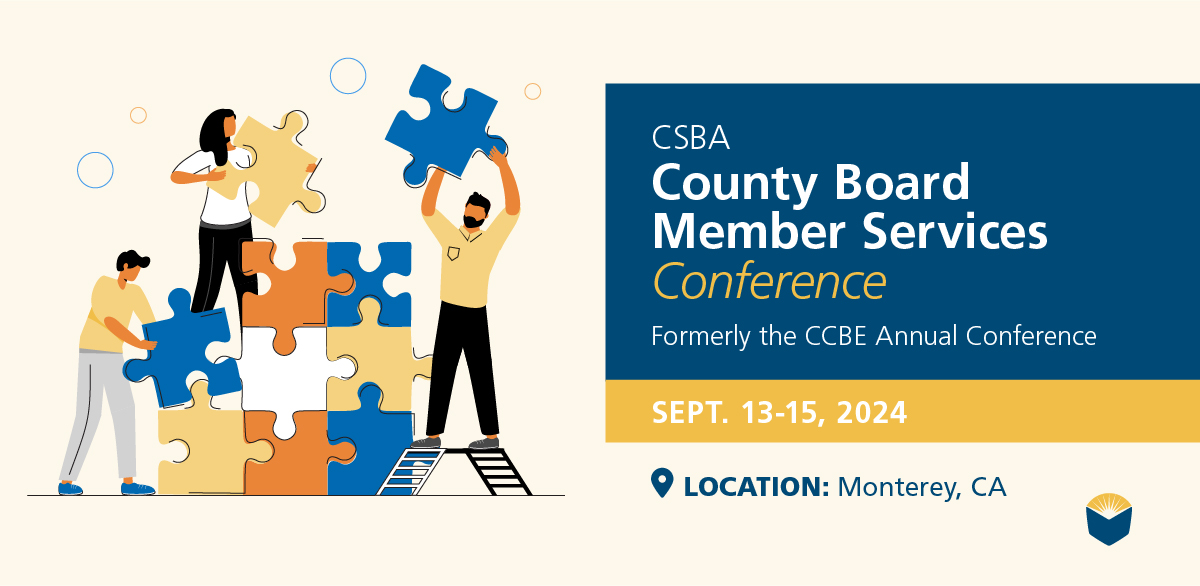by S. Todd Stolp, Tuolumne County Health Officer
In 2004 the Institute of Medicine defined health literacy as “the degree to which individuals have the capacity to obtain, process, and understand basic health information and services needed to make appropriate health decisions.” But today the term includes much more. In a world with an unlimited number of confusing messages complicating our efforts to make responsible personal health decisions, health literacy has become a critical part of survival. As we update our K-12 educational curriculum in California, for the health and safety of the population it is imperative that the new science curriculum address health literacy.
With the Common Core State Standards (CCSS) and the Next Generation Science Standards (NGSS) ready to go, it is a good time to dust off the Health Framework for California Public Schools (Health Framework), which the state adopted twelve years ago. While the NGSS elegantly includes cross-cutting components of the physical, earth and life sciences, as well as lessons in engineering, it unfortunately does not specifically address health literacy. This overlooks innumerable opportunities to bring cross-cutting health literacy curriculum into the NGSS. If one important goal of the CCSS effort is to integrate subject matter in such a way as to maximize the development of critical thinking skills, and if health-related decisions are one of the most common reasons for us to exercise critical thinking each day, then health education must be an integral part of science education.
The determinants of health in our communities have become a focus of attention through the enlightenment provided by trends in obesity, diabetes, emerging infectious diseases, cancer and heart disease. Our most intimate relationship with science resides in the personal health decisions that we make, including our food selections, exercise practices, habitual indulgences, work behavior and personal relationships. A fundamental understanding of how our personal health choices are influenced by media, our social environment, political winds and the commercial world is a skill no less important to our success than our ability to read and work with numbers.
The health reform movement recognizes that if we are to equip our students with the skills that are necessary in today’s media-dominated world to make healthier choices and to efficiently utilize the tools of our health care industry, we must convey to them a fundamental understanding of the science of health. Recognizing which labels on food packages are relevant to our purchase decisions, knowing the settings in which antibiotics are important and when their use may be detrimental, understanding the triumphs, risks and benefits of immunizations, and overcoming irrational distinctions between mental health and physical health care are all goals for improved health literacy. Practical knowledge should not just include an understanding of the risks of elevated blood pressure, but also the skills necessary to measure a blood pressure. For high school students about to enter the marketplace, understanding the health insurance system is critical knowledge.
How could the NGSS be applied to achieve tangible improvements in health literacy? Consider the historical impact of improvements in water quality, sewage systems and living conditions that occurred at the beginning of the 20th century to essentially eliminate the greatest threats to public health at the time: typhoid, smallpox, cholera, yellow fever, tuberculosis, and polio. In the same lesson, students can turn their attention to the health impacts of the environment outside today’s classroom window– fast food merchants with high calorie beverages, convenience stores with tobacco products and e-cigarettes, automobile transportation and cell phones, computers and other sedentary entertainment options, etc. Just as the health problems 100 years ago were rooted in community design, community structure in the modern world contributes to the five most common causes of death today – heart disease, cancer, stroke, lung disease and accidents. By bringing scientific principles into the students’ backyard and personalizing health topics in the light of science, a fundamental understanding of the social determinants of health can be fostered.
For example, the natural selection process can be used to explain the development of antibiotic resistant organisms, thereby validating precautions against the needless use of antibiotics for the common cold. These applications are relevant to real-life situations and provide insights into better health and better health care.
The issue of social equity is relevant to the entire topic of health literacy. While we do not yet have truly universal access to health care we do have truly universal access to K-12 education. It has been noted that health illiteracy may be one of the greatest contributors to ethnic and socio-economic health disparity in this country, a disparity that is actually widening. Education leadership is exceptionally poised to assure that the public has the tools they need to make healthy choices, and even more, to empower the public to see to it that those healthy choices exist in their communities. By eliciting the partnership of public health colleagues who enthusiastically support this endeavor and recognizing the inseparable relationship between health and science, success is achievable. The integration of human health science curriculum into the current update of the NGSS is of critical importance, and support from California school boards to promote health literacy in the new curriculum will be an important catalyst to make this a reality.
S. Todd Stolp is a Health Officer with the Tuolumne County Health Department in Sonora, California.






Be the first to reply